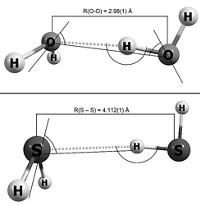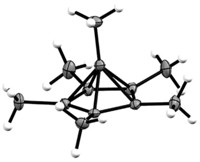Advertisement
Grab your lab coat. Let's get started
Welcome!
Welcome!
Create an account below to get 6 C&EN articles per month, receive newsletters and more - all free.
It seems this is your first time logging in online. Please enter the following information to continue.
As an ACS member you automatically get access to this site. All we need is few more details to create your reading experience.
Not you? Sign in with a different account.
Not you? Sign in with a different account.
ERROR 1
ERROR 1
ERROR 2
ERROR 2
ERROR 2
ERROR 2
ERROR 2
Password and Confirm password must match.
If you have an ACS member number, please enter it here so we can link this account to your membership. (optional)
ERROR 2
ACS values your privacy. By submitting your information, you are gaining access to C&EN and subscribing to our weekly newsletter. We use the information you provide to make your reading experience better, and we will never sell your data to third party members.
Physical Chemistry
Defining Diberyllium
Complete gas-phase spectroscopic study provides a benchmark to evaluate theoretical models of the elusive Be2 dimer
by Jyllian N. Kemsley
May 25, 2009
| A version of this story appeared in
Volume 87, Issue 21
Eight decades after Chemistry Nobel Laureate Gerhard Herzberg first tried to synthesize Be2, a research team led by Michael C. Heaven of Emory University has created and spectroscopically characterized the ground state of the elusive molecule (Science, DOI: 10.1126/science.1174326). Diberyllium has been the focus of countless theoretical studies over the years: Simple valence bond theory predicts a bond order of zero for Be2 although a bonded molecule has been observed in the gas phase, and researchers have questioned whether Be2 has a real chemical bond or merely a weak van der Waals interaction. Heaven and colleagues formed gaseous Be2 by pulsed-laser vaporization of beryllium metal, then conducted laser excitation experiments to illuminate all of the bound vibrational levels of the ground state of the molecule. They found that Be2 has a bond length of 2.45 Å, a dissociation energy of 2.6 kcal/mol, and a uniquely shaped potential energy curve. The experimental results should provide a benchmark by which to evaluate theoretical models and procedures, the researchers say, and could inspire efforts to prepare isolable Be–Be compounds.




Join the conversation
Contact the reporter
Submit a Letter to the Editor for publication
Engage with us on Twitter